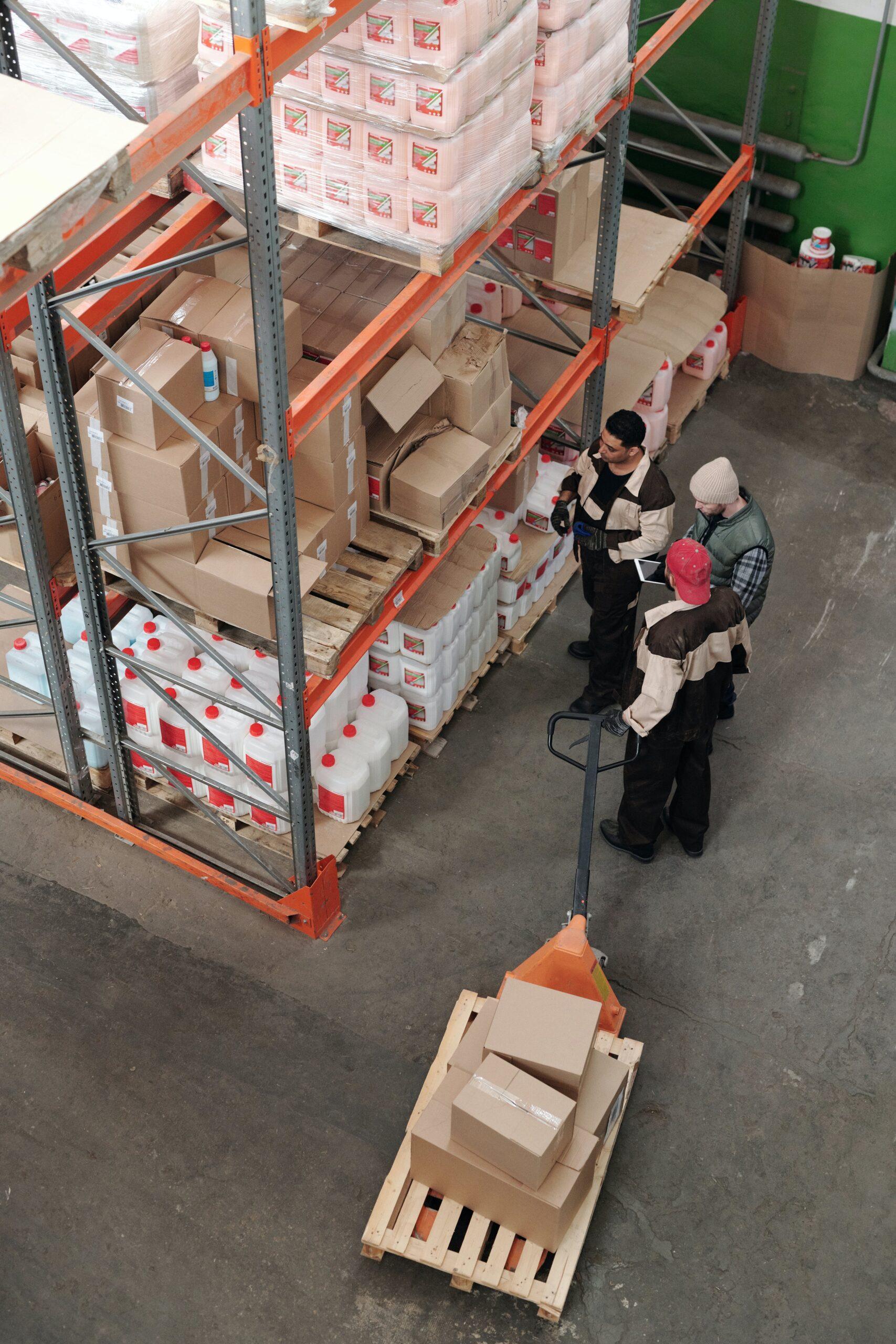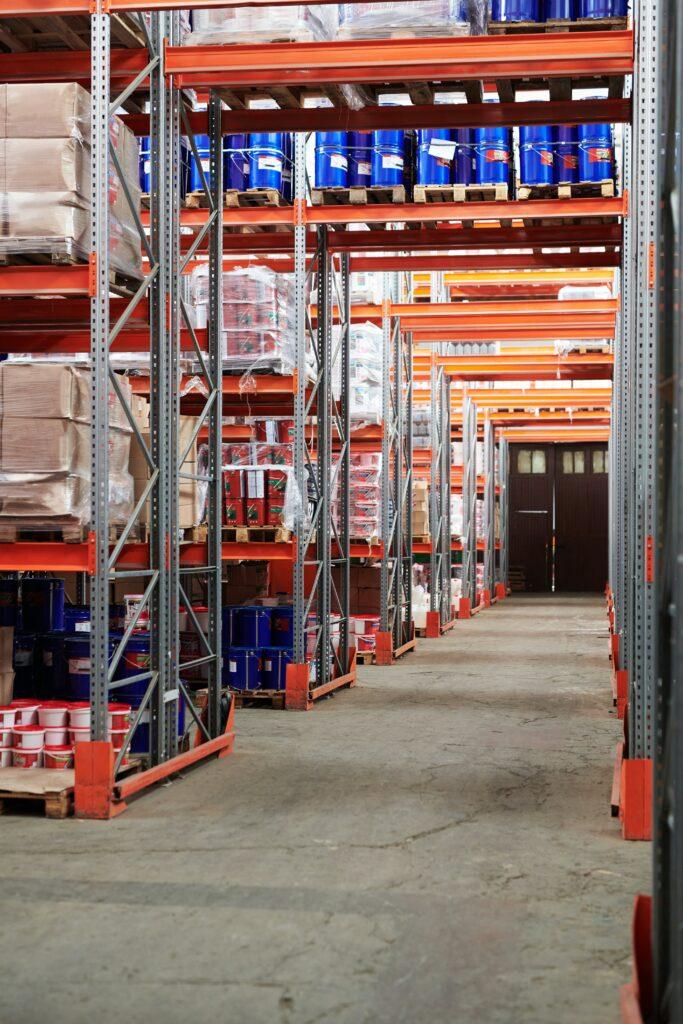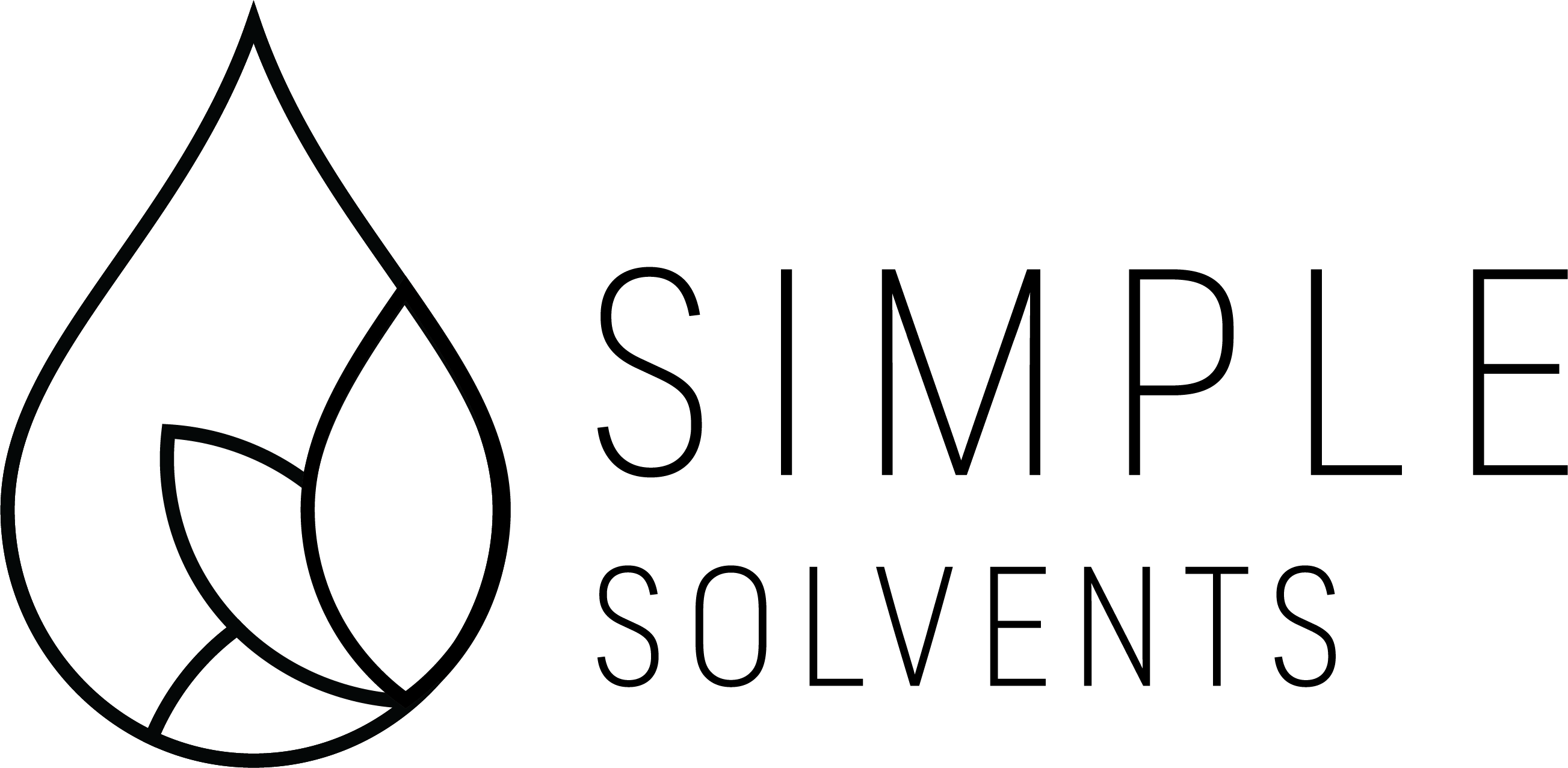A Comprehensive Guide on Safe Solvent Warehousing and Handling

A Comprehensive Guide on Safe Solvent Warehousing and Handling
Solvent warehousing plays an essential role across a wide range of industries, from industrial manufacturing and research laboratories to hobbyist extractors and artists. However, with their powerful chemical properties comes the potential for harm if not stored, handled, and used correctly. Understanding how to ensure the safe storage, handling, and disposal of solvents can mitigate the risks associated with their use, protect the environment, and keep users safe from any potential hazards.

What Will We Review?
In this comprehensive guide, we will delve into the world of solvents and provide a detailed overview of best practices for their safe solvent warehousing and handling. We will cover essential information regarding proper storage conditions, including temperature and lighting requirements, and the importance of using appropriate containers and regularly checking for leaks or damage. Additionally, we will highlight crucial safety tips, such as the proper use of personal protective equipment (PPE), understanding Material Safety Data Sheets (MSDS), and ensuring that your workspace has adequate ventilation.
Moreover, this guide will explore the comparison between various solvents and help you determine which solvent warehousing partner is the most suitable option for your particular needs and applications. By understanding the specific properties and guidelines of each solvent, users can make more informed decisions when choosing and handling these powerful chemicals.
Lastly, navigating the stringent regulations surrounding the shipping and disposal of solvents can be overwhelming. We will discuss the legal requirements for transporting these chemicals and provide guidance on responsible and environmentally-conscious disposal.
Make safety a top priority in your daily work by learning everything there is to know about the proper storage and handling of solvents. Let’s start this journey together in discovering the best practices for a safe and hazard-free solvent experience.
Safe Solvent Warehousing and Handling
When working with solvents, it’s crucial to prioritize safety and understand proper handling procedures. The following guide outlines the key aspects of solvent warehousing and handling to protect users, equipment, and the environment.
1. Proper Warehousing Conditions for Solvents
To ensure the maximum safety and preservation of solvents, it’s essential to store them in appropriate conditions. Pay particular attention to the following factors to maintain solvent quality and reduce potential risks:
- Temperature: Make sure to store solvents in a cool, dry place away from direct sunlight and heat sources. Some solvents may be more sensitive to temperature fluctuations than others, so refer to the manufacturer’s specifications or the MSDS for guidance on optimal storage temperatures for each solvent.
- Ventilation: Storing solvents in a well-ventilated area minimizes the risk of fume buildup and potential explosions. Ensure your storage area has proper ventilation in place to keep the air circulating and prevent the accumulation of potentially dangerous vapors.
- Shelving and Cabinets: Use sturdy shelves or cabinets designated specifically for chemical storage. Incompatible chemicals should be kept separate. Some solvents may react with each other or generate heat, so it’s essential to store them away from potentially hazardous combinations. Consult the MSDS for information on chemical compatibility.
- Lighting: Store light-sensitive solvents in amber-colored or opaque containers to protect them from exposure to light, which can cause degradation or harmful reactions.
2. Safety Precautions When Handling Solvents
Handling solvents with care is just as vital as storing them safely. When working with solvents, adhere to these safety precautions to minimize risks:
- Personal Protective Equipment (PPE): Wearing the appropriate PPE, including gloves, goggles, and face shields, is essential to protect your skin and eyes from contact with solvents. Consult the MSDS for specific guidance on the recommended PPE for each solvent.
- Avoidance of Open Flames: Many solvents are flammable, so it’s crucial to keep them away from open flames, sparks, or other sources of ignition. Be aware of potential static electricity buildup and take appropriate measures to dissipate it.
- Proper Dispensing Techniques: When transferring solvents, use safety cans, pumps, or other approved dispensing equipment to minimize spills and splashes. Additionally, practice good housekeeping by keeping work areas clean and free of clutter and promptly cleaning up any spills following the guidelines outlined in the MSDS or solvent manufacturer’s instructions.
- Emergency Response Measures: Always be prepared for emergencies by having a fully equipped first aid kit, fire extinguishers, phone numbers of emergency response personnel, and emergency eyewash and shower stations readily available in your workspace.
3. Understanding Material Safety Data Sheets (MSDS) and Solvent Specifications
A thorough understanding of the MSDS and solvent specifications for the chemicals you work with is crucial for maximal safety. Here’s what you’ll need to know:
- Potential Hazards: Familiarize yourself with the physical and chemical properties, as well as the potential hazards of the solvents you handle. Pay close attention to any cautions or warnings on the label and the MSDS.
- Safe Handling Procedures: Understand the appropriate handling methods, including storage, spill response, cleanup, and disposal practices as recommended by the MSDS and the solvent manufacturer.
- First Aid Measures: Learn the proper first aid measures to take in case of accidental exposure to a solvent, such as inhalation, ingestion, or skin contact. It’s essential to know the appropriate response to minimize potential harm.
4. Shipping Requirements and Proper Disposal of Solvents
The transportation and disposal of solvents are subject to stringent regulations to protect the environment and public health. Familiarize yourself with the requirements to ensure compliance or request a freight rate after you get onboarded by clicking here:
- Shipping Regulations: Solvent transportation may be regulated by government agencies, such as the Department of Transportation (DOT). Ensure the solvents are packaged, labeled, and shipped according to all applicable regulations and guidelines.
- Disposal Practices: Many solvents are classified as hazardous waste and must be disposed of according to local, state, and federal regulations. Review the MSDS for disposal recommendations and consult your local waste management authorities for guidance on proper solvent waste disposal.
Conclusion
By following the guidelines outlined in this comprehensive guide, you can safely store and handle solvents and prevent potential hazards. Prioritize safety by continuously educating yourself on the properties, risks, and best practices of each solvent, ensuring a secure and productive work environment. Knowledge is power when it comes to solvent safety.
At Simple Solvents, we are here to provide you with quality products backed by professional expertise. From the purest pharmaceutical-grade ethanols and solvents on the market, you can ensure that your home laboratory or industrial operations run smoothly and efficiently. Whether you need high-purity solvents for analytical testing or industrial-grade solvents for manufacturing processes, we have the expertise and products to meet your specific needs. Browse through our selection of quality solvents today!
